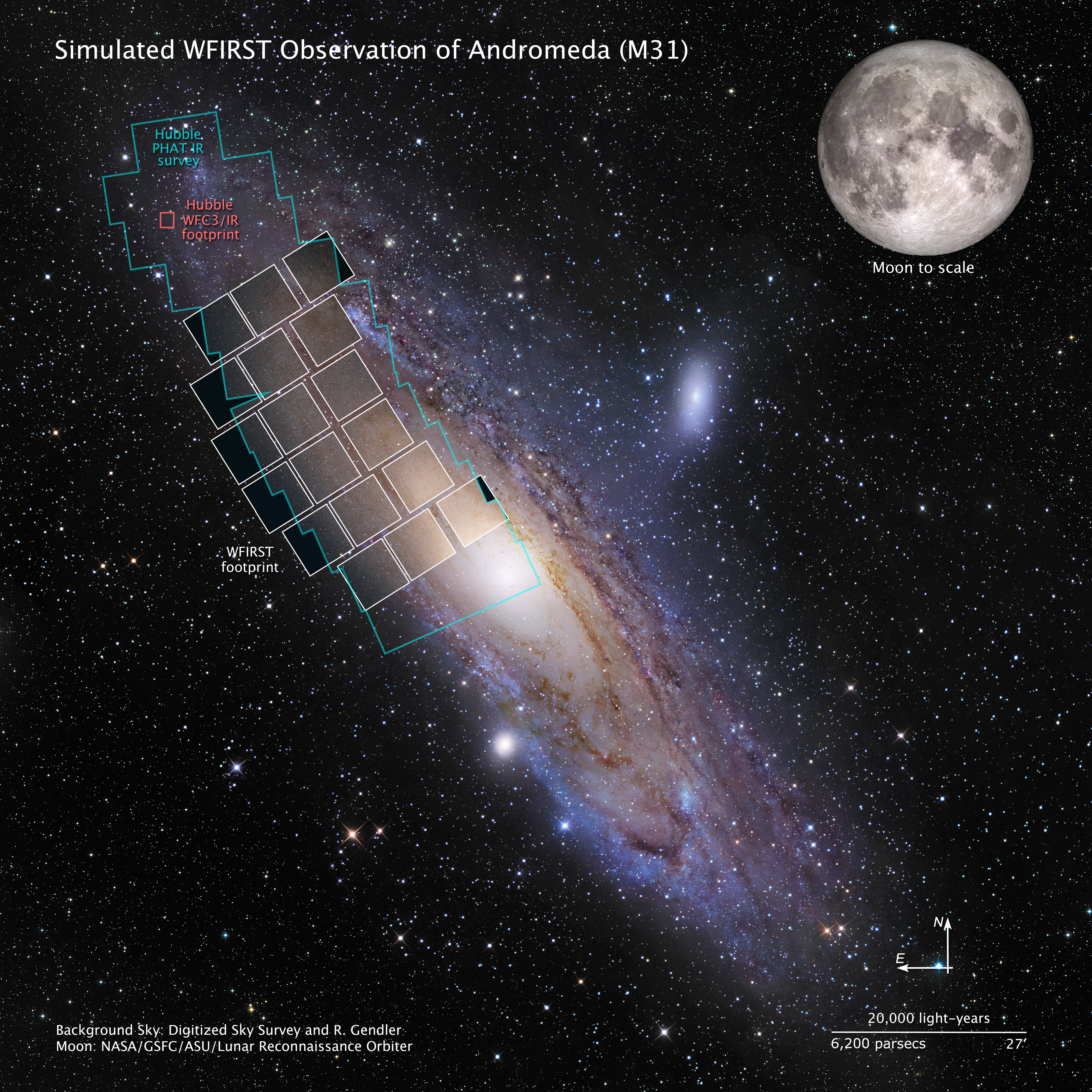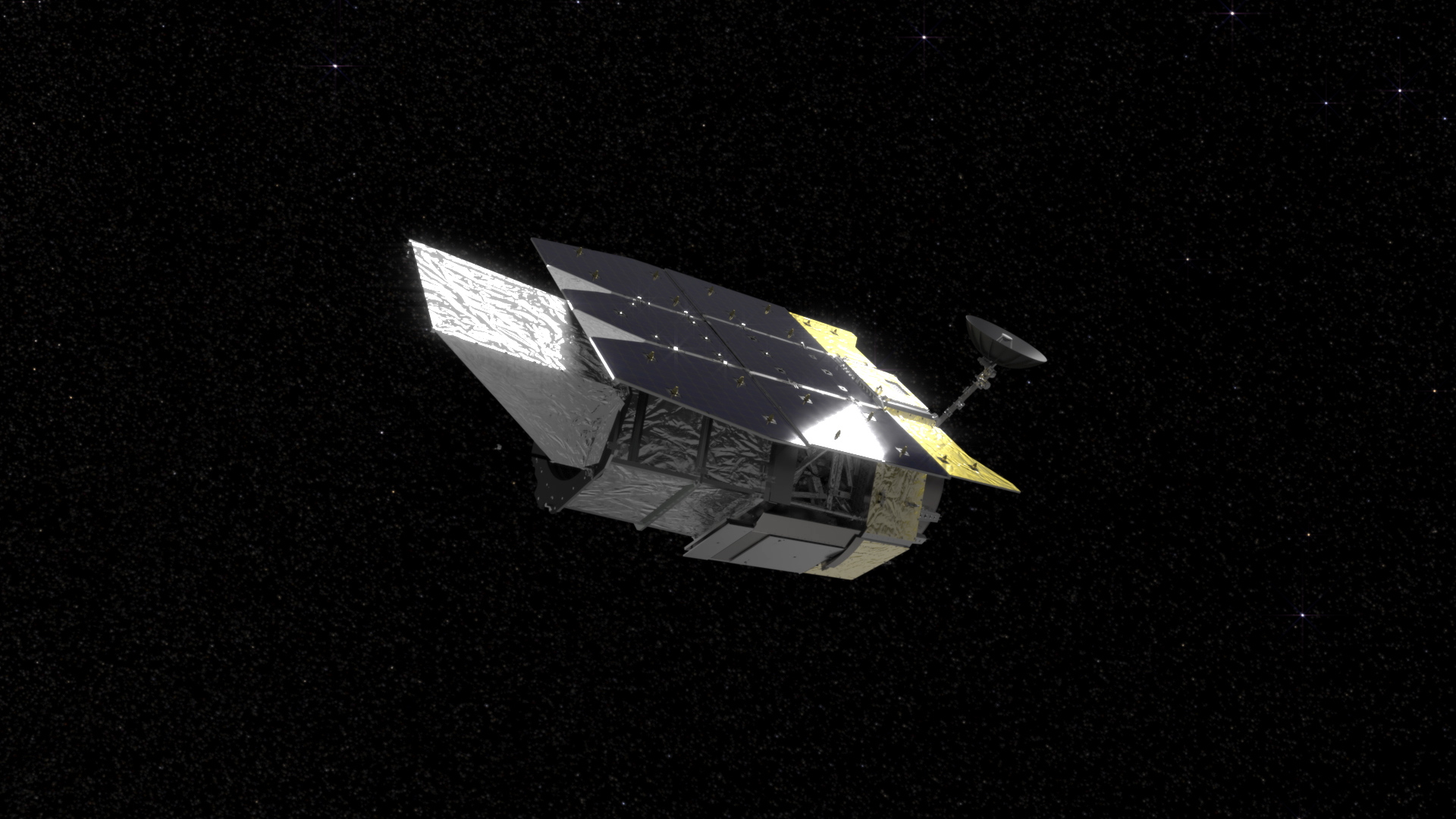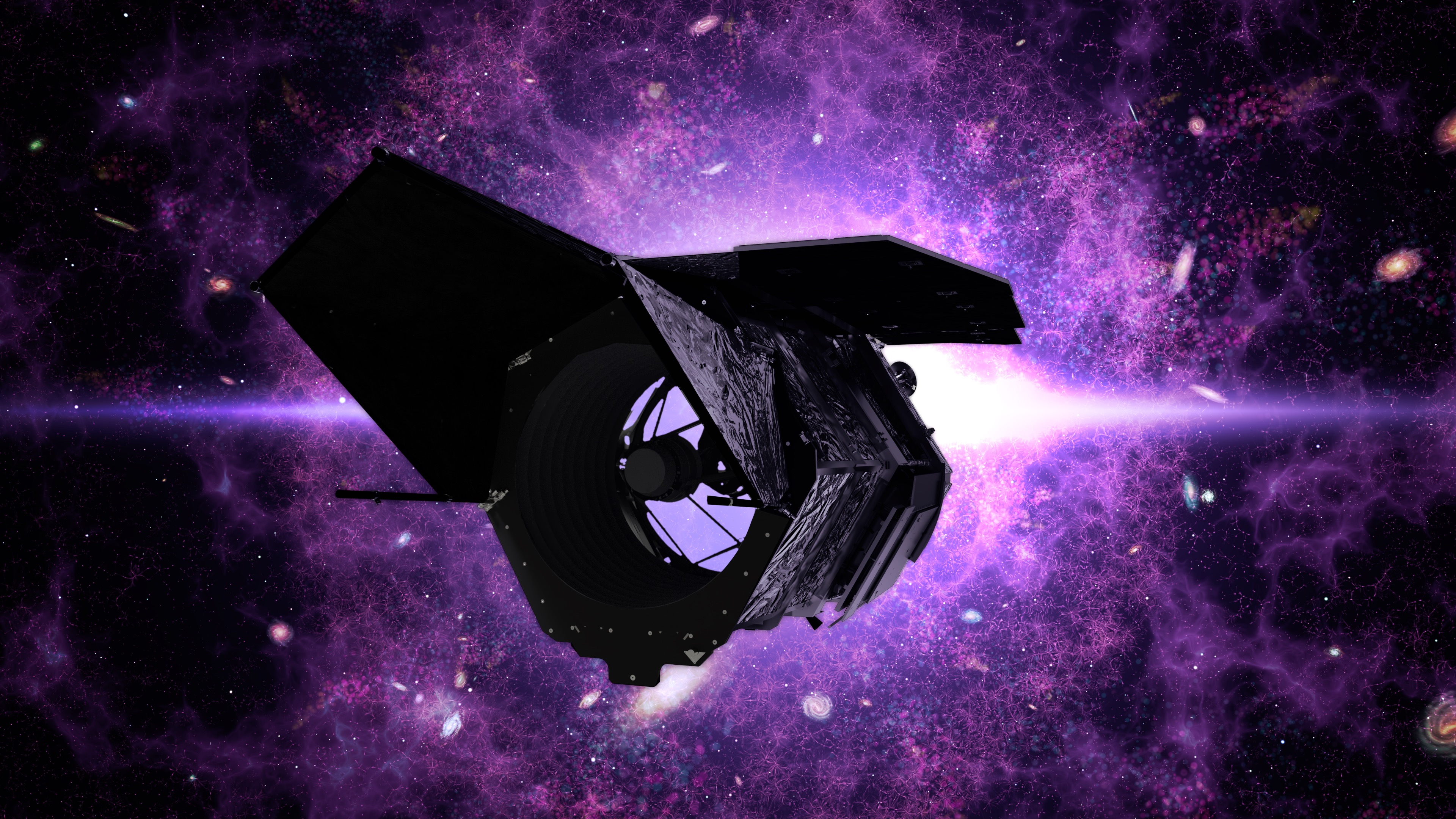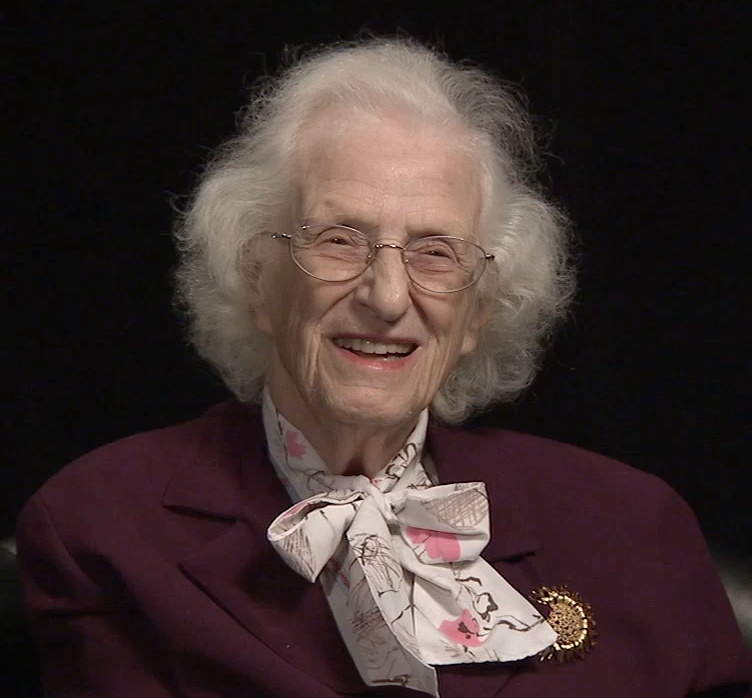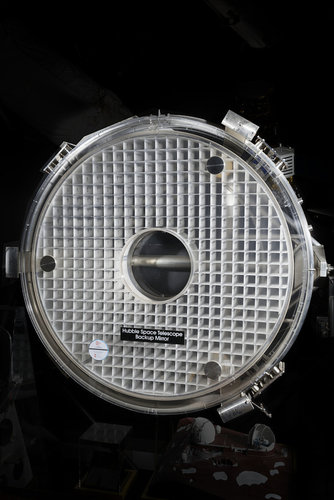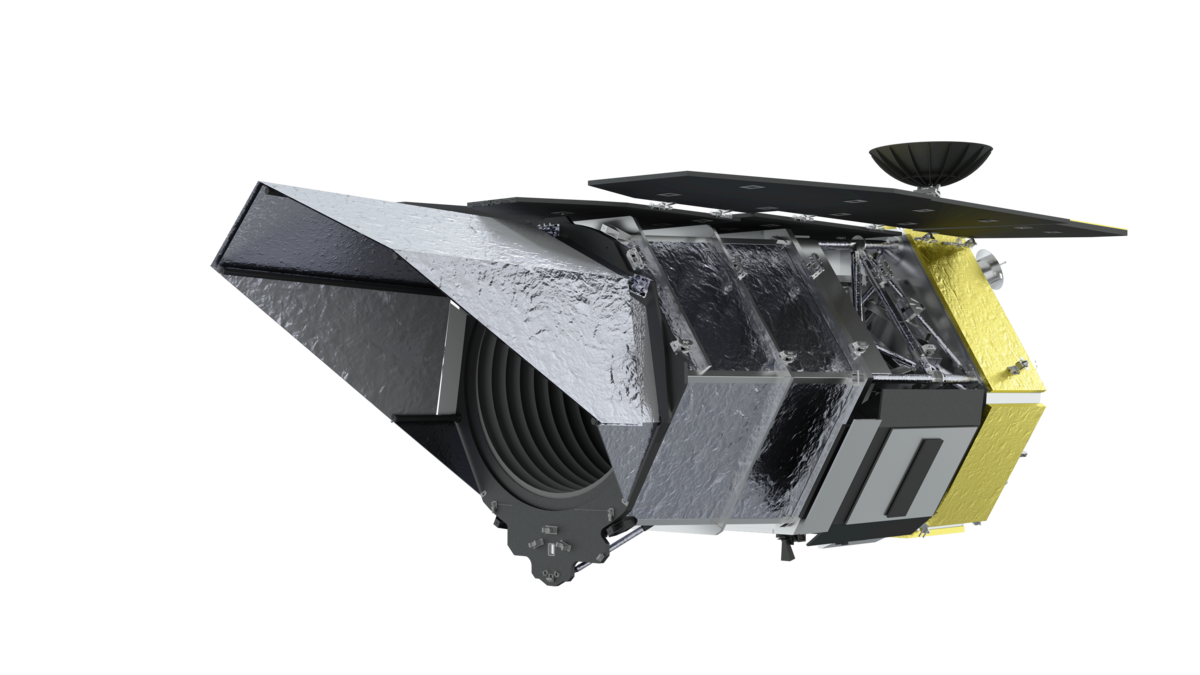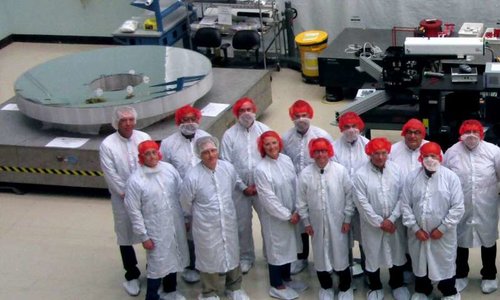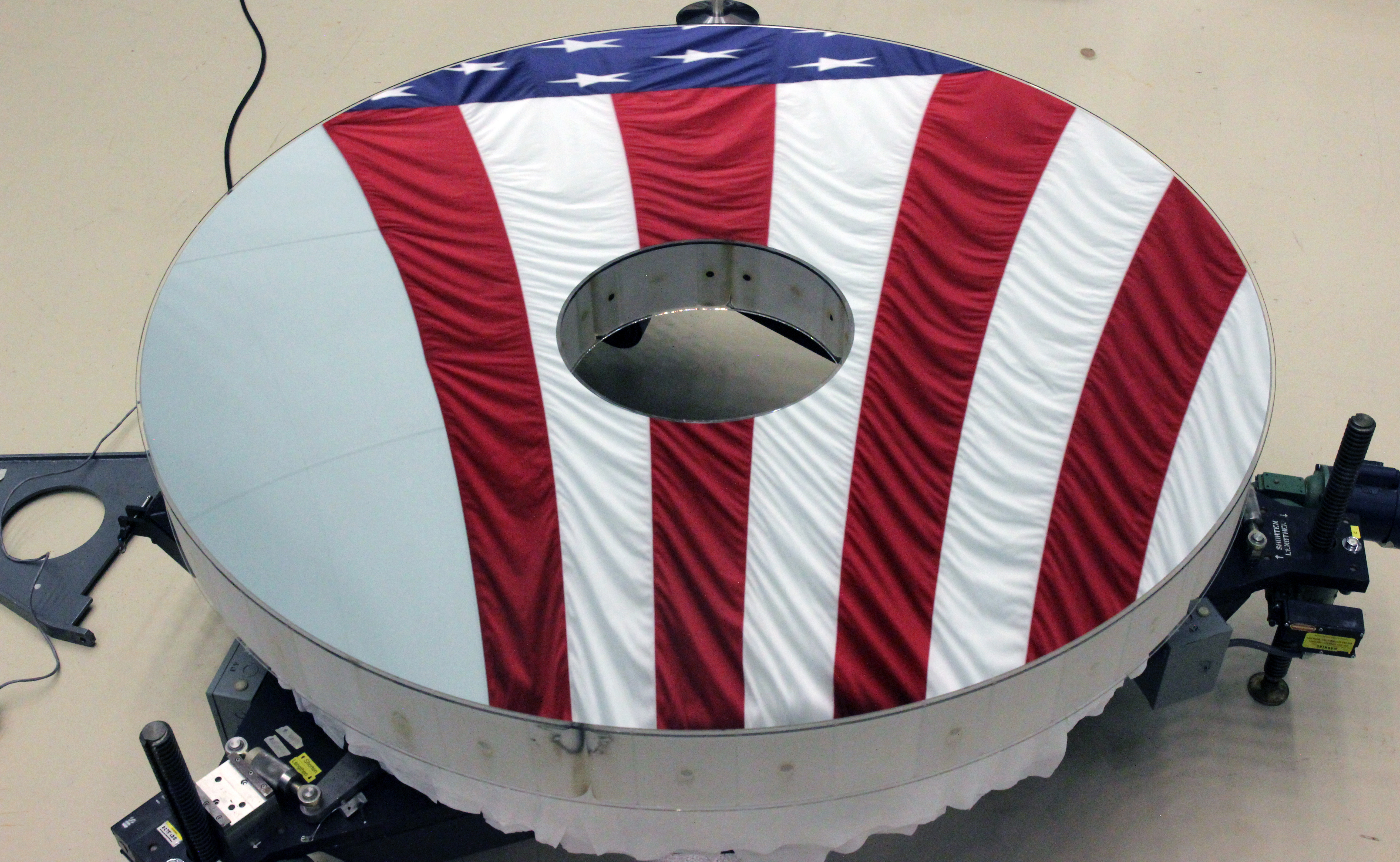- Joined
- 21 January 2015
- Messages
- 12,157
- Reaction score
- 16,376
Report lays out potential changes to WFIRST to reduce its cost

 spacenews.com
spacenews.com
WASHINGTON — An independent review board for NASA’s next flagship astronomy mission concluded in its final report that the project is “not executable” without additional funding or adjustments to the spacecraft.
NASA released the report, a 65-page document in the form of a PowerPoint presentation, Nov. 22, a month after the agency published its response calling for a reduction in the proposed cost of the Wide-Field Infrared Survey Telescope (WFIRST) and changes to its management.
The report, prepared by an outside committee established by NASA called the WFIRST Independent External Technical/Management/Cost Review (WIETR), found that various changes made to WFIRST since it was proposed as the top-ranking large, or flagship, mission in the 2010 astrophysics decadal survey created cost and technical difficulties.
“After multiple discussions that set the boundary conditions, NASA HQ made a series of decisions that set the stage for an approach and mission system concept that is more complex than probably anticipated from the point of view of scope, complexity, and the concomitant risks of implementation,” the report stated.

Report lays out potential changes to WFIRST to reduce its cost
An independent review board for NASA’s next flagship astronomy mission concluded in its final report that the project is “not executable” without additional funding or adjustments to the spacecraft…
 spacenews.com
spacenews.com
Last edited:

